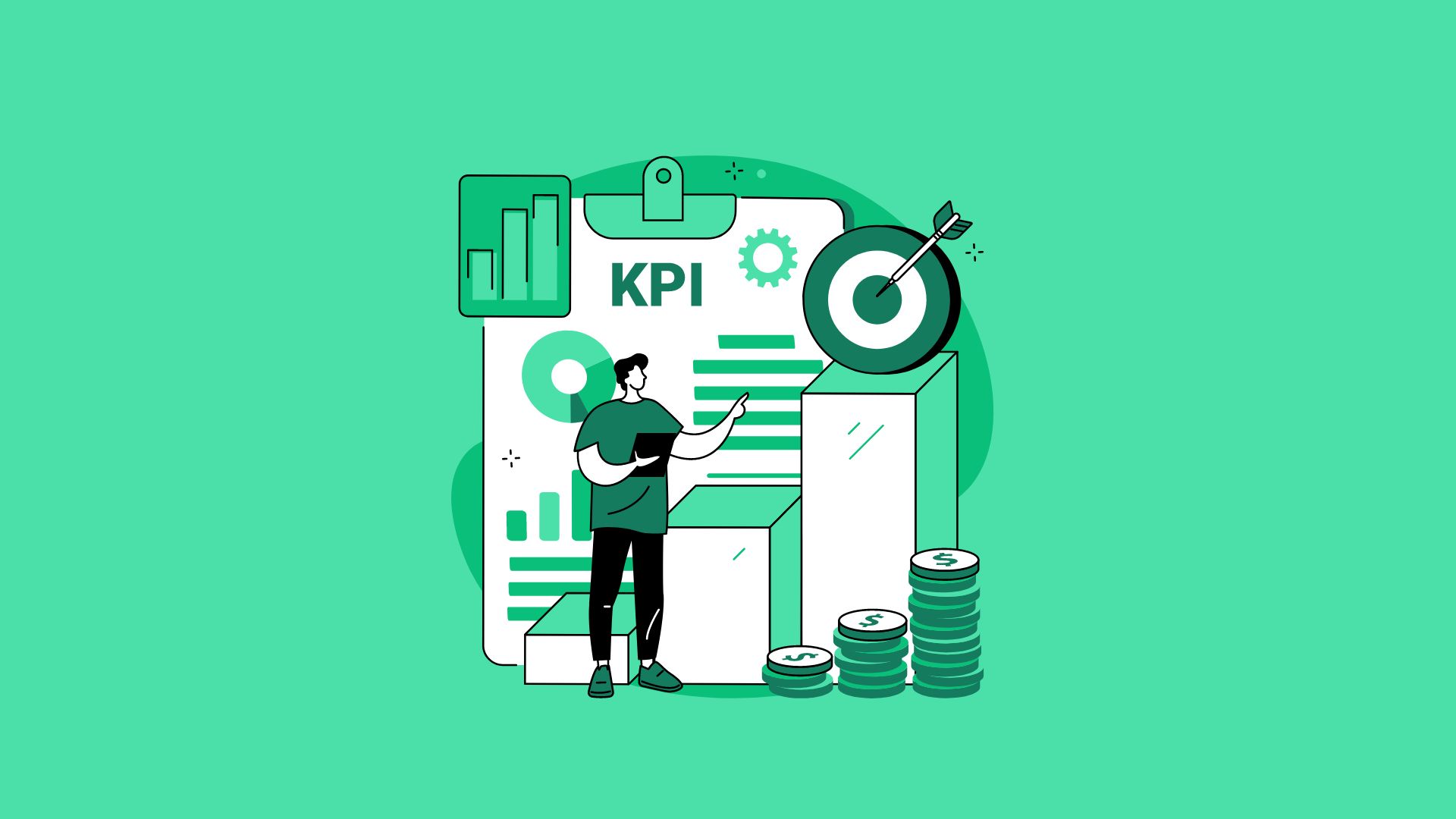In the fast-paced world of ecommerce, staying ahead of the competition requires a keen understanding of your business’s performance. To achieve this, tracking and analyzing ecommerce metrics and Key Performance Indicators (KPIs) is essential.
These metrics provide valuable insights into various aspects of your online store’s operations, customer behavior, and overall success. As we delve into 2024, it becomes increasingly crucial to identify and monitor the right metrics to drive growth and profitability.
Let’s explore what ecommerce metrics are and delve into 25 important ones to track in 2024.
What are ecommerce metrics and KPIs?
Ecommerce metrics and KPIs are quantifiable measures used to evaluate the performance of an online store or platform. These metrics provide valuable insights into various aspects of an ecommerce business, including sales, marketing effectiveness, customer behavior, and operational efficiency.
By tracking these metrics over time, businesses can identify strengths, weaknesses, and opportunities for improvement, enabling informed decision-making and strategic planning.
Also read our Ecommerce SEO Guide
20 Important Ecommerce Metrics To Track in 2024
- Conversion Rate: The percentage of website visitors who complete a desired action, such as making a purchase. Conversion rate is a fundamental metric that indicates the effectiveness of your website and marketing efforts in driving sales.
- Average Order Value (AOV): The average amount of money spent by customers in a single transaction. A high AOV signifies strong customer engagement and purchasing behavior.
- Customer Acquisition Cost (CAC): The average cost incurred to acquire a new customer. Monitoring CAC helps businesses assess the efficiency of their marketing campaigns and allocate resources effectively.
- Customer Lifetime Value (CLV): The total revenue generated from a customer over their entire relationship with the business. CLV provides insights into customer loyalty and long-term profitability.
- Cart Abandonment Rate: The percentage of online shopping carts that are abandoned before the purchase is completed. Reducing cart abandonment is critical for maximizing sales and revenue.
- Retention Rate: The percentage of customers who continue to make purchases from your store over a specific period. A high retention rate indicates strong customer loyalty and satisfaction.
- Gross Merchandise Value (GMV): The total value of goods sold through your ecommerce platform. GMV is a key indicator of your store’s sales performance and revenue potential.
- Inventory Turnover Rate: The number of times your inventory is sold and replaced within a given period. A high turnover rate suggests efficient inventory management and healthy sales activity.
- Website Traffic: The total number of visitors to your ecommerce website. Monitoring website traffic helps identify trends, assess marketing effectiveness, and optimize user experience.
- Bounce Rate: The percentage of website visitors who navigate away from your site after viewing only one page. A high bounce rate may indicate issues with website usability or relevance of content.
- Average Session Duration: The average amount of time visitors spend on your website during a single session. Longer session durations typically indicate higher engagement and interest in your offerings.
- Customer Satisfaction Score (CSAT): A metric that measures customer satisfaction based on feedback or surveys. Maintaining a high CSAT score is crucial for fostering positive customer relationships and brand loyalty.
- Return on Investment (ROI): The ratio of net profit to the cost of investment. Calculating ROI helps assess the profitability of marketing campaigns and other initiatives.
- Email Open Rate: The percentage of recipients who open an email marketing message. Email open rate is a key metric for evaluating the effectiveness of your email campaigns and messaging strategies.
- Click-Through Rate (CTR): The percentage of users who click on a specific link or call-to-action within an email or webpage. CTR is a measure of engagement and campaign performance.
- Customer Churn Rate: The percentage of customers who stop using your products or services within a given period. Minimizing churn is essential for maintaining a healthy customer base and revenue stream.
- Average Revenue Per User (ARPU): The average amount of revenue generated by each customer over a specific period. ARPU provides insights into customer spending habits and purchasing power.
- Abandoned Checkout Recovery Rate: The percentage of abandoned checkouts that are successfully recovered through follow-up communication or retargeting efforts. Improving recovery rate can help recapture lost sales opportunities.
- Cost Per Acquisition (CPA): The average cost of acquiring a new customer through marketing channels such as paid advertising or promotions. Monitoring CPA helps evaluate the efficiency and ROI of acquisition strategies.
- Customer Feedback and Reviews: Metrics related to customer feedback, ratings, and reviews on your ecommerce platform or third-party review sites. Monitoring customer sentiment helps identify areas for improvement and build trust with potential buyers.
Conclusion
In the dynamic and competitive landscape of ecommerce, tracking the right metrics is indispensable for driving growth, optimizing performance, and staying ahead of the curve.
By prioritizing the metrics outlined in this guide and leveraging data-driven insights, ecommerce businesses can make informed decisions, identify opportunities for improvement, and ultimately enhance their bottom line in 2024 and beyond.
Remember, the key to success lies in continuous monitoring, analysis, and adaptation to evolving market trends and customer preferences.





